This is an original Interstyl Hustler 6 designed by the great William Towns, the same man who penned the Aston Martin Bulldog, the Aston Martin Lagonda, the Rover-BRM gas turbine Le Mans racer, the Jensen-Healey, the Aston Martin DBS, the Reliant SS2, and a number of others.
The Hustler was developed by Towns in 1978 as a car that would be ideal for the developing world. It was simple to build and maintain, used all flat glass windows and flat body panels made of fiberglass (or wood). The car would enter production in kit form, with approximately 500 kits sold across an astonishing 72 different variants.
Fast Facts – The Interstyl Hustler 6
- The Interstyl Hustler was designed by William Towns in 1978 as a versatile, low-cost kit car for developing regions. Built on a simple steel chassis with Mini mechanicals, it featured flat body panels and flat glass windows, making it easy to assemble and repair, even with limited resources.
- Approximately 500 Hustler kits were sold, spanning 72 variants, including wooden-bodied versions for areas with limited access to fiberglass. The six-wheeled Hustler Highlander, powered by a Jaguar V12, was the most extreme iteration, with only eight kits believed to have been sold.
- This 1988 Interstyl Hustler 6, built by John Brazier in Bristol, England, is a wooden-bodied variant. Brazier, a former Rolls-Royce apprentice and woodworking teacher, used the car as his family vehicle for 13 years before storing it in a private garage.
- Recently recommissioned by Classic Cars of Bath, this Hustler 6 remains in excellent condition. It is now offered for sale out of Banbury, Oxfordshire, for £13,995 ($17,678 USD), representing a unique opportunity to own an unusual piece of automotive history.
William Towns – A History Speedrun
William Towns started his design career working for Rootes in England, initially designing seats and door handles in the mid-1950s. He would soon move up the ranks, and he had a significant hand in the design of the popular Hillman Hunter before moving across to fellow British automaker Rover where he worked under David Bache.
Above Video: This vintage video clip shows two men assembling an Interstyl Hustler, we then see the car being driven around and the car’s various features are demonstrated.
At Rover, Towns worked on a range of projects, perhaps most notably on the body of the Rover-BRM gas turbine race car destined for the 24 Hours of Le Mans in 1963. The car was allowed to race although it wasn’t placed due to the nature of its engine, it completed the event with drivers Graham Hill and Richie Ginther taking turns at the wheel, and by the end it had covered 3,600 kms (2,237 miles) and finished effectively (though not officially) in 8th place overall.
Three years later Towns would move over to Aston Martin. The company was enjoying the windfall of having their Aston Martin DB5 used extensively in the 1965 James Bond film Goldfinger. Aston Martins have now been featured in almost half of the 25 Bond films made (at the time of writing), and this association would prove a major source of pride for the company.
Working at Aston, Towns would design the Aston Martin DBS, the Aston Martin Lagonda, and the Aston Martin Bulldog. It would be during his time at Aston that Towns began to take an interest in mobility in the developing world, and he would spend much of the rest of his life dedicated to it in one way or another working for his own design firm, Interstyl.
The Interstyl Hustler
The Interstyl Hustler made its debut in 1978. It was designed by William Towns to be an ideal car for use in developing regions, like Africa, India, and the Middle East. The car was based around a simple steel chassis made from welded square-section steel tubing and it had a body made initially from fiberglass, with flat glass for all windows.
The Hustler was powered by the engine and transmission from the Mini, powering the front wheels and using the whole front subframe and suspension, steering, and front brakes. A Mini subframe was also used in the rear with the suspension and brakes in place. It all bolted together with minimal fuss, and although it may have looked a little odd, it would have been quick and cheap to produce, as well as cheap to repair.


The vehicle was originally built at a concept car, but Towns wanted to get it into production. He worked on a deal with Jensen, he knew the executives there well due to his work designing the Jensen-Healey, but ultimately a deal couldn’t be struck. Jensen would have had full rights to the car in Britain, whereas Towns would have the rights to market the car internationally.
Without an automaker on side, and given the poor state of the British automotive industry at the time, Towns decided to go it alone. He developed a simple kit for the Hustler, initially in four-wheel form, and put it on the market. Minis were cheap at the time, so buyers could get the kit and a donor Mini for not a whole lot of money, and build the car in their garage using hand tools in approximately 200 hours.
As the kits began to sell, Towns developed a wooden-bodied version – realizing that this would be easier for people to build in developing nations where fiberglass may be hard to find but lumber would be plentiful. A six-wheeled version of the Hustler would follow, with 72 other variants to follow over the years to come.
The most extreme version of the Interstyl Hustler was the Hustler Highlander. It was made a Jaguar XJS as a donor vehicle rather than a Mini, with power provided by the 5.3 liter Jaguar V12, and it only came in the six-wheeled chassis variant. It’s believed that eight Highlander kits were sold, and it’s not known how many were completed, but we’ve seen at least two online.
The 1988 Interstyl Hustler 6 Shown Here
The car you see here is an original 1988 Interstyl Hustler 6 that was built by John Brazier in Bristol, England over a period of three years from 1985 to 1988. It’s one of the wood variants, as you can see in the images, and it remains in remarkably good condition throughout.
John was an ex-Rolls Royce apprentice and a woodwork teacher, so he was almost certainly one of the most qualified individuals to ever build a wooden Hustler at home.
He would use the vehicle as his family car for 13 years, and it became a common sight on the streets of Bristol. When John became ill the car was carefully secured in a private garage, and it’s now being offered for sale.
The car was given a recommissioning by Classic Cars of Bath in September of 2023 with a final bill coming to £6,500. It’s now being sold with an asking price of £13,995 ($17,678 USD) out of Banbury, Oxfordshire and you can visit the listing here.



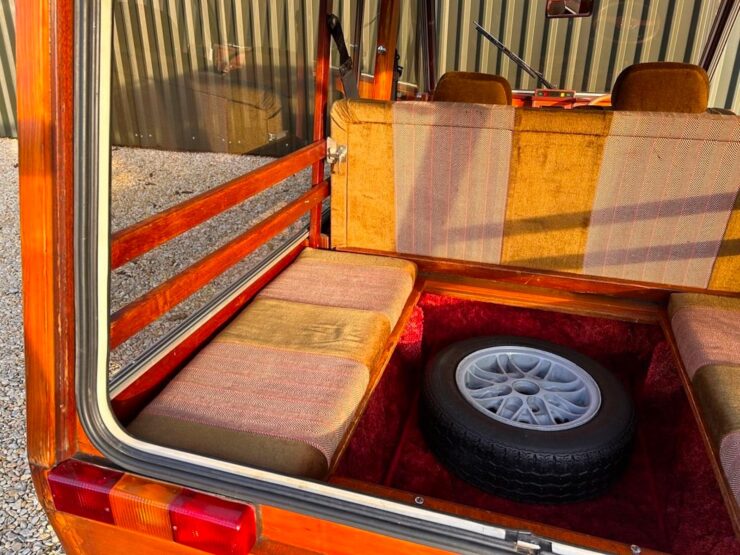
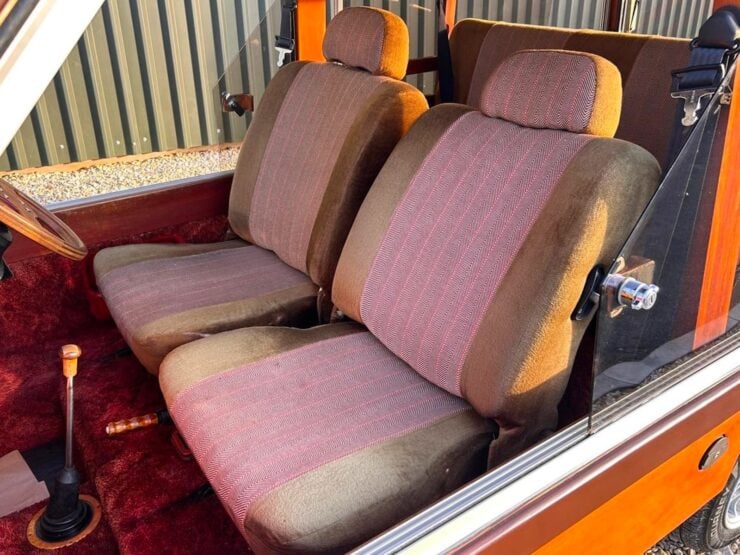
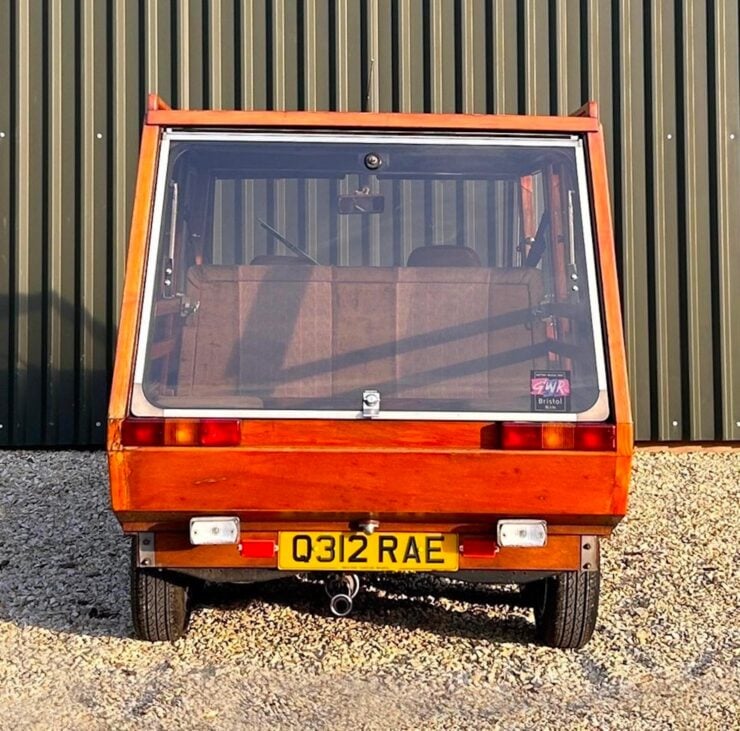
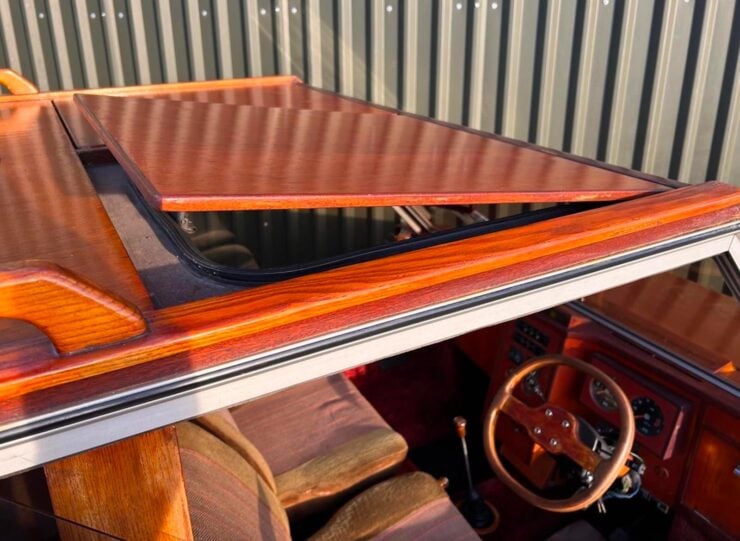

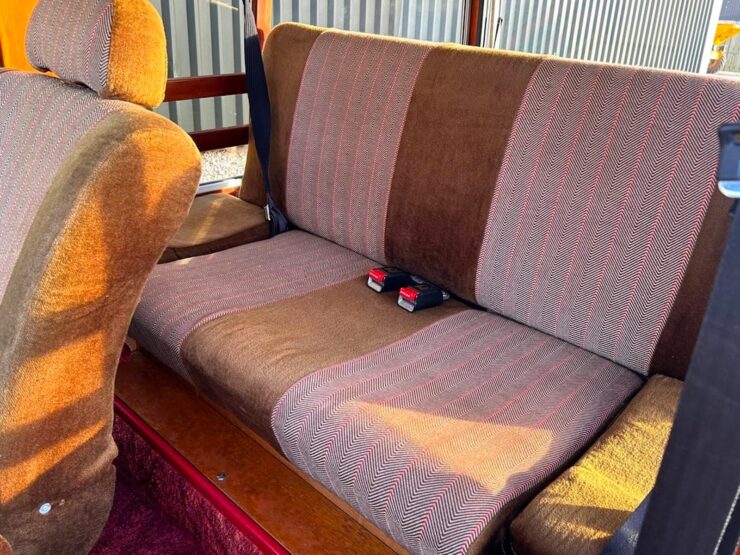


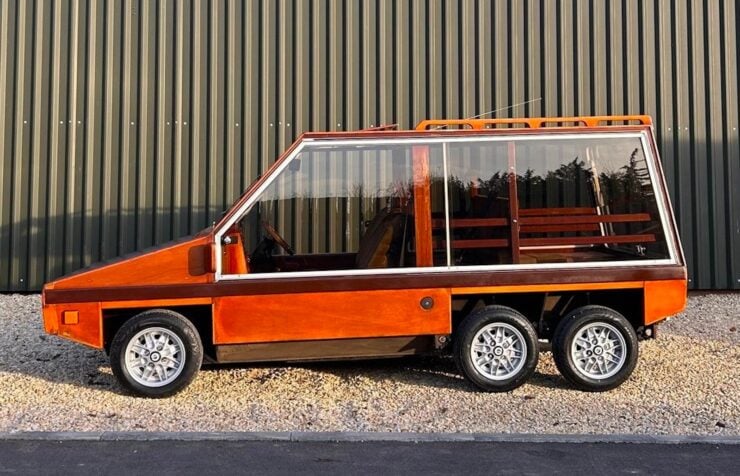


Images courtesy of Car & Classic









